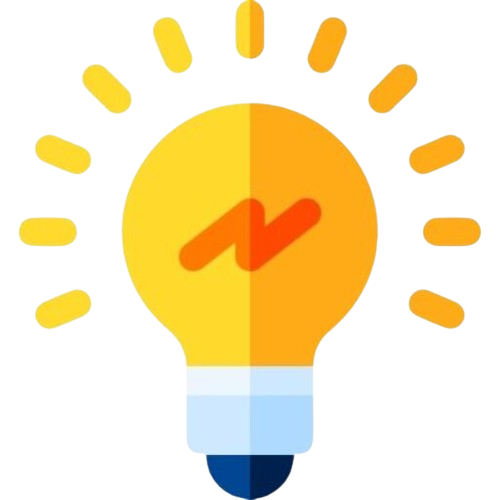A thought experiment considers a hypothesis, theory, or principle for the purpose of thinking through its consequences. The common goal of a thought experiment is to explore the potential consequences of the principle in question. A thought experiment is a device with which one performs an intentional, structured process of intellectual deliberation in order to speculate, within a specifiable problem domain, about potential consequents (or antecedents) for a designated antecedent (or consequent). Given the structure of the experiment, it may not be possible to perform it, and even if it could be performed, there need not be an intention to perform it.
Thought experiments, which are well-structured, well-defined hypothetical questions that employ subjunctive reasoning (irrealis moods) – “What might happen (or, what might have happened) if . . . ” – have been used to pose questions in philosophy at least since Greek antiquity, some pre-dating Socrates. In physics and other sciences many thought experiments date from the 19th and especially the 20th Century, but examples can be found at least as early as Galileo.
In philosophy, a thought experiment typically presents an imagined scenario with the intention of eliciting an intuitive or reasoned response about the way things are in the thought experiment. Philosophers might also supplement their thought experiments with theoretical reasoning designed to support the desired intuitive response. The scenario will typically be designed to target a particular philosophical notion, such as morality, or the nature of the mind or linguistic reference. The response to the imagined scenario is supposed to tell us about the nature of that notion in any scenario, real or imagined.
For example, a thought experiment might present a situation in which an agent intentionally kills an innocent for the benefit of others. Here, the relevant question is not whether the action is moral or not, but more broadly whether a moral theory is correct that says morality is determined solely by an action’s consequences (Consequentialism). John Searle imagines a man in a locked room who receives written sentences in Chinese, and returns written sentences in Chinese, according to a sophisticated instruction manual. Here, the relevant question is not whether or not the man understands Chinese, but more broadly, whether a functionalist theory of mind is correct. Other philosophical uses of imagined scenarios arguably are thought experiments also. In one use of scenarios, philosophers might imagine persons in a particular situation (maybe ourselves), and ask what they would do.
An early written thought experiment was Plato’s allegory of the cave. Another historic thought experiment was Avicenna’s “Floating Man” thought experiment in the 11th century. He asked his readers to imagine themselves suspended in the air isolated from all sensations in order to demonstrate human self-awareness and self-consciousness, and the substantiality of the soul.
The Euthyphro Problem
Pascal’s Wager
The Gettier Problem
The Problem Of Induction
The Problem Of Moral Luck
Can Artificial Intelligence Be Conscious?
The Problem of Evil
Plato’s Allegory of The Cave
The Trolley Problem
How should we determine what is moral?
Ship of Theseus
Do We Have Free Will?
The Prisoner’s Dilemma
The Baby Problem
The Cap
The Overcrowded Lifeboat
A Father’s Agonizing Choice
Sophie’s Choice
